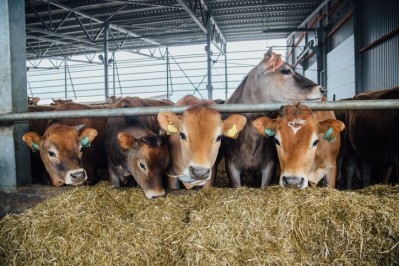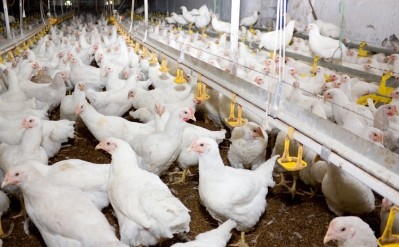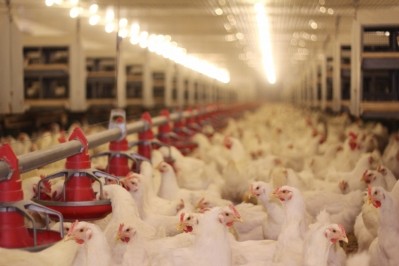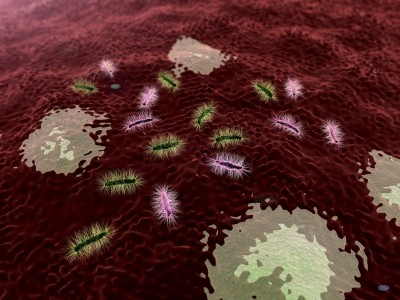Special Edition: Gut Health
'A lot is still conjecture but we’re narrowing down quite a bit on that,' says poultry expert on additive functionality
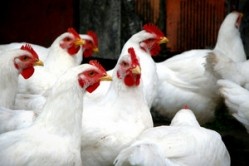
We caught up with Todd Applegate, department head and professor of poultry science at the University of Georgia, to hear about his research into poultry gut health and nutrition.
Much of his ongoing work has been examining gut functions and how they are impacted by the presence of pathogens or mycotoxins or by stress.
His team has been exploring links between low-level presence of mycotoxins in feed and resulting enteritis in birds, he said. “It appears that [with] deoxynivalenol [present] it takes much more to shut off the inflammatory process when the animal is exposed,” he told FeedNavigator.
Applegate's team has also looked at the influence additives used to tackle such challenges have on the bird and how long they may need to induce an effect. Responses differ depending on the type of feed additive applied to bolster the bird’s intestinal health and the type of challenge involved, he said.
When supplements work by programming cell reaction, they can take differing amounts of time to produce an effect because cells may turnover at different rates, said Applegate.
Pro and prebiotics, plant extracts
Use of the different additives tend to vary by country depending often on how long products have been available, he said. In the US, probiotics are more popular as they have been around longer.
“Plant extract products are newer on the market in the US for use in livestock and poultry diets so there’s a little bit of hesitation [in terms of] usage,” he said. “They’ve been on the market longer in Europe and [there is] more of a comfort level and a better understanding of how they’re used [in that geography].”
Prebiotics fall between the two, both in time in the US market and usage, said Applegate.
More research is being done to better understand the mechanisms underlying the different additives, he said. “A lot is still conjecture but we’re narrowing down quite a bit on that,” he added.
“There is a certain comfort level with probiotics, but people are asking more technical questions of the base bacteria and how those were selected,” he said. “The plant derived ones are much newer on the scene and companies are asking tougher questions of quality control and consistency of product not necessarily [about] response.”
US poultry stats
In the US, annual poultry production was about $48bn in 2015, a drop of 1% from 2014, according to the US Department of Agriculture. The majority of the production was in broilers followed by eggs and turkeys.
Broiler production saw an increase of 2% in 2015 from 2014 but a decline in market value, which moved 12% to a total of $28.7bn, the agency said. Egg sales improved by 32% as the value of turkey production rose about 8%.
States producing the largest number of birds in 2015 include Georgia, Alabama and Arkansas followed by North Carolina and Mississippi, the agency said.
Antibiotic-free questions
One of the challenges that poultry producers face in terms of gut health is the move toward antibiotic-free production said Richard Fulton, associate professor in pathobiology and diagnostic investigation at Michigan State University.
Removing the drugs from feed will mean more work is needed to maintain gut health and control gut bacteria.
There are a plethora of feed additives that are touted to increase immunity or improve production, he said. But more work needs to be done to test those claims scientifically.
“A lot of people use oregano oil to combat coccidiosis,” he told us. “The big thing is people say it works, but how do they prove it?”
Ongoing challenges
Currently the major disease challenges facing poultry gut health are coccidiosis and clostridium perfringens, said Applegate. However, there are also questions about the interaction between immune system-suppressing diseases and enteritis.
“There is a lack of people studying coccidiosis from the scientific community,” he said. “There is a need to look at compounds that do not build resistance."
Producers may have become too reliant on chemical or antibacterial approaches and the current limited number of vaccines to control the disease, he said.
“It’s a long-term need and long-term approach and that won’t be developed overnight,” he said.
